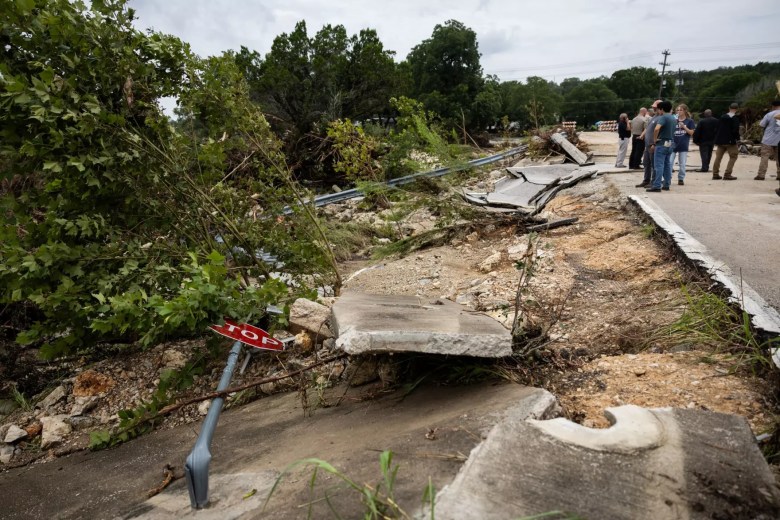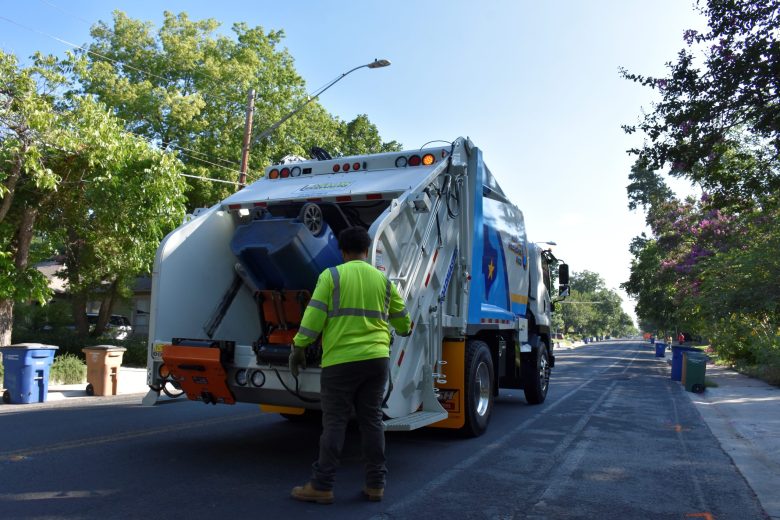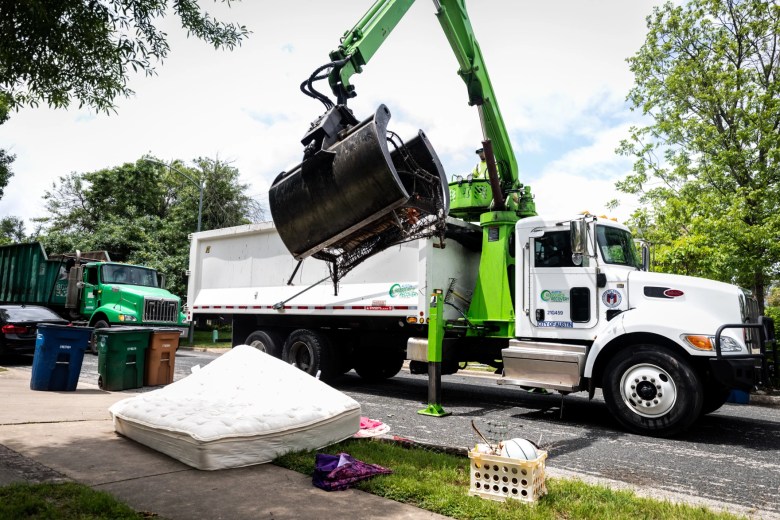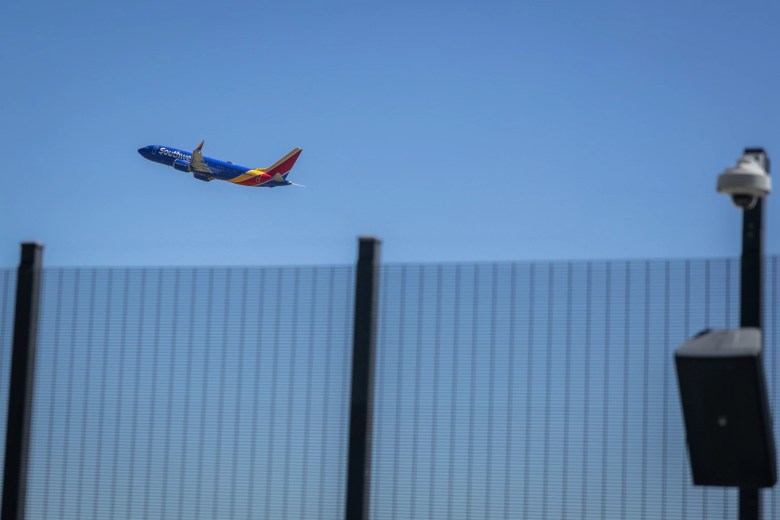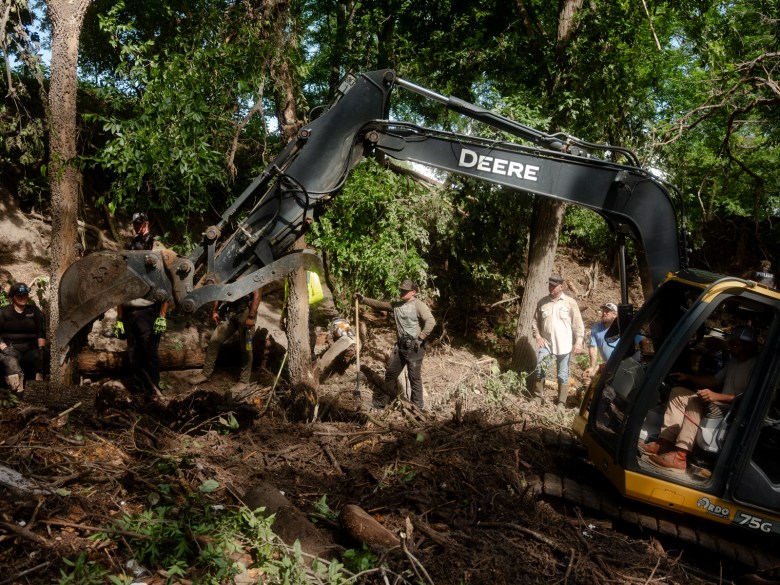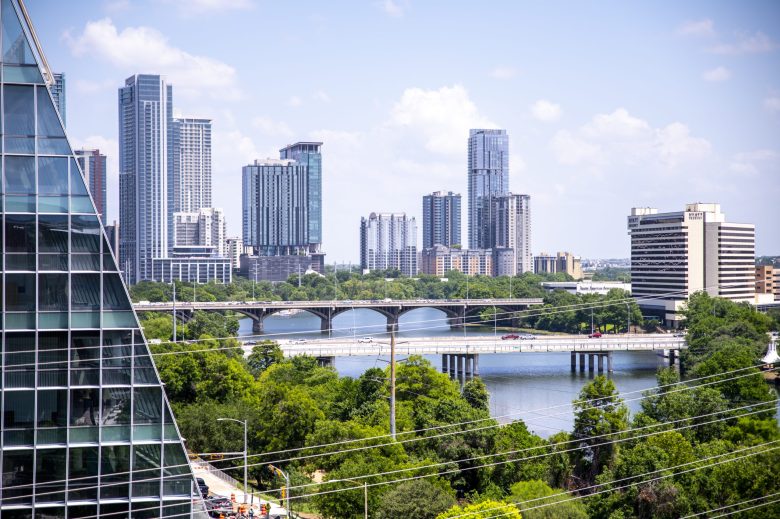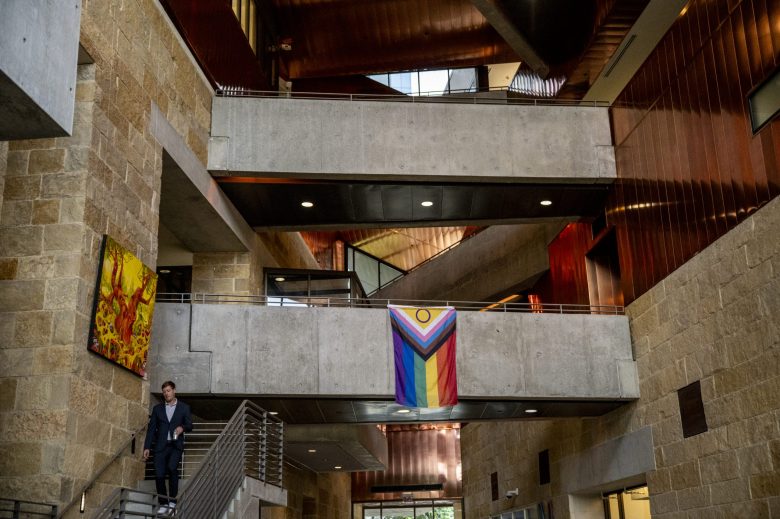It is anticipated that the Travis County Commissioners Court would increase property taxes to cover the costs of the July 5 flooding.
Commissioners must make a decision on the 9.12% tax increase by October 1. According to the county’s tentative 2026 budget, if passed, the typical homeowner in Travis County will pay $200 more than they did the year before.
Following the storm, the county was able to increase property taxes without voter consent because to state and federal emergency disaster designations. Generally, without voter approval, the county is not allowed to increase property taxes by more than 3.5%.
In order to pay for debris removal, emergency assistance for those impacted by the flooding, and repairs to dozens of roads and bridges, the county has been using its emergency reserves. According to Travis County Budget Director Travis Gatlin, the county has already spent $7 million and has less than $2 million remaining.
The county would receive $42 million from the emergency tax increase to aid in flood repairs. Additionally, some of the funds might be set aside for calamities in the future.
Brigid Shea, a commissioner for Travis County, stated that the county must monitor the amount it spends on damage restoration, which she argued should be covered by other organizations.
“They didn’t cause these costs, and we’re charging taxpayers for them,” she said.
The county is submitting an application to the Federal Emergency Management Agency for reimbursement, which may take years to process. According to Travis County spokesperson Hector Nieto, the county never received full reimbursement for COVID-related expenses, and it took years for the county to receive reimbursement.
It is also possible that FEMA will be completely abolished.
“We’re not entirely sure what FEMA might look like next month or in a year or two,” Gatlin added. Additionally, we must be aware that the county is in charge of this and that there might not be any other resources available.
After one year, the tax rate would return to its previous level.
I’ve been here for 24 years, and throughout that time I’ve witnessed several wildfires, winter storms, flooding incidents, and even a pandemic. It feels like these disasters are happening more frequently, Gatlin said. We should, in my opinion, get ready for these worst-case situations. What if there are two occurrences in a single year? What can we do to get ready for that?
Public comments on the 2026 budget are being accepted by the Travis County Budget Office. Comments can be sent here.
As part of the Austin Monitor’s reporting collaboration with KUT, this story was created.
Community donations enable the work of the Austin Monitors. Even though we occasionally publish on funders, we take pains to ensure transparency by keeping editorial and business activities apart. Our code of ethics is described here, and a full list of donors can be seen here.
You’re a community leader
And we are thrilled that you trust us with important, in-depth news. You are aware that local and committed watchdog reporting is essential to a healthy community. We will always be here to support you. Will you now support our nonprofit news organization and take the bold next step?
